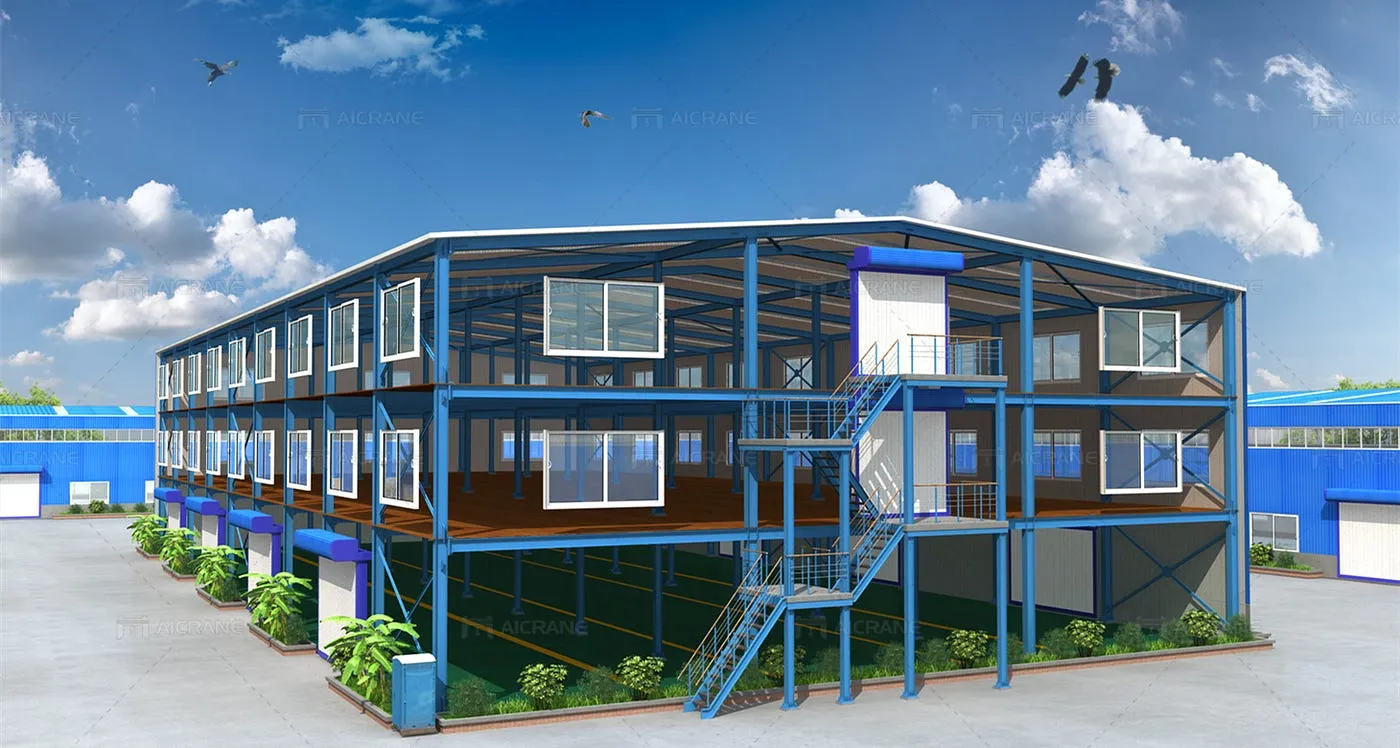- Afrikaans
- Albanian
- Amharic
- Arabic
- Armenian
- Azerbaijani
- Basque
- Belarusian
- Bengali
- Bosnian
- Bulgarian
- Catalan
- Cebuano
- Corsican
- Croatian
- Czech
- Danish
- Dutch
- English
- Esperanto
- Estonian
- Finnish
- French
- Frisian
- Galician
- Georgian
- German
- Greek
- Gujarati
- Haitian Creole
- hausa
- hawaiian
- Hebrew
- Hindi
- Miao
- Hungarian
- Icelandic
- igbo
- Indonesian
- irish
- Italian
- Japanese
- Javanese
- Kannada
- kazakh
- Khmer
- Rwandese
- Korean
- Kurdish
- Kyrgyz
- Lao
- Latin
- Latvian
- Lithuanian
- Luxembourgish
- Macedonian
- Malgashi
- Malay
- Malayalam
- Maltese
- Maori
- Marathi
- Mongolian
- Myanmar
- Nepali
- Norwegian
- Norwegian
- Occitan
- Pashto
- Persian
- Polish
- Portuguese
- Punjabi
- Romanian
- Russian
- Samoan
- Scottish Gaelic
- Serbian
- Sesotho
- Shona
- Sindhi
- Sinhala
- Slovak
- Slovenian
- Somali
- Spanish
- Sundanese
- Swahili
- Swedish
- Tagalog
- Tajik
- Tamil
- Tatar
- Telugu
- Thai
- Turkish
- Turkmen
- Ukrainian
- Urdu
- Uighur
- Uzbek
- Vietnamese
- Welsh
- Bantu
- Yiddish
- Yoruba
- Zulu
דצמ . 22, 2024 05:35 Back to list
Factory Building Design Key Considerations for Efficiency and Sustainability
Factory building design is a multifaceted process that plays a crucial role in the manufacturing sector. An effective factory design can significantly enhance operational efficiency, safety, and sustainability. As industries strive to optimize their production processes, several key considerations come into play during the design phase.
1. Layout and Workflow Optimization
The layout of a factory is fundamental to its operational efficiency. An optimal design ensures a smooth flow of materials and personnel, minimizing the bottlenecks that can impede productivity. Traditionally, factories have used linear or assembly line layouts, where processes are organized in a sequential manner. However, modern designs often adopt more flexible layouts, such as cellular manufacturing, which fosters teamwork and can adapt to changes in production demand.
In addition, the incorporation of Lean Manufacturing principles can aid in minimizing waste and improving workflow. By strategically placing workstations, raw materials, and finished goods storage in relation to one another, manufacturers can reduce unnecessary movement, thus streamlining operations.
2. Environmental Sustainability
Sustainability is becoming increasingly important in factory building design. Companies are more aware of their environmental impact, prompting them to adopt green building practices. This involves using eco-friendly materials, implementing energy-efficient systems, and designing buildings that minimize water and energy consumption.
For instance, maximizing natural light through the use of large windows and skylights can significantly reduce reliance on artificial lighting, thereby lowering energy costs. Furthermore, integrating renewable energy sources, such as solar panels, contributes to sustainable operations and can provide substantial cost savings in the long run.
3. Safety and Ergonomics
factory building design

Safety should be a paramount consideration in factory design. A well-designed factory minimizes hazards and risks associated with manufacturing processes. This can be achieved through the proper placement of machinery, ensuring that there is sufficient space for workers to operate safely without overcrowding.
Additionally, ergonomic design is essential for reducing the physical strain on workers. Incorporating adjustable workstations and ensuring proper heights and reach distances can lead to increased comfort, higher productivity, and lower absenteeism due to injury. A focus on employee well-being not only enhances safety but also fosters a positive work environment, which is crucial for employee retention.
4. Flexibility for Future Growth
In today's fast-paced manufacturing landscape, factories must be designed with future growth in mind. As market demands evolve, companies may need to scale up production or pivot to new product lines. A flexible factory design allows for easy modifications and expansions, which can save time and resources in the long term.
This flexibility can be achieved by integrating modular construction techniques or designing spaces that can be repurposed. For instance, areas that are initially used for assembly might later be transformed into storage or packaging zones, depending on the company’s needs.
5. Technological Integration
The rise of Industry 4.0 emphasizes the importance of integrating technology into factory building design. Smart factories use IoT (Internet of Things) devices to monitor equipment and processes in real-time, enhancing efficiency and minimizing downtime. Incorporating infrastructure that supports advanced manufacturing technologies, such as robotics and automated systems, is vital for keeping up with industry trends.
In conclusion, factory building design is a critical element in the success of manufacturing operations. By considering layout optimization, sustainability, safety, flexibility, and technological integration, manufacturers can create production environments that not only meet current needs but are also adaptable for future advancements. As industries continue to evolve, investing in thoughtful factory design will yield significant benefits in productivity and sustainability.
-
Cold Formed Steel Residential Framing
NewsMay.21,2025
-
Innovative Steel Structure Building Solutions
NewsMay.19,2025
-
Innovative Prefab Metal Shed Solutions
NewsMay.19,2025
-
Durable Steel Horse Shelter Solutions
NewsMay.19,2025
-
Durable Metal Shed Solutions
NewsMay.19,2025
-
Durable Big Metal Shed Solutions
NewsMay.19,2025
Products categories
Our Latest News
We have a professional design team and an excellent production and construction team.












